Having been a Strategic Research Area of Sweden for a full decade now, NanoLund can look back on yet another year of success. 286 scientific publications, directly related to nanoscience, sets a new record. Of the 148 PhD students actively engaged in Sweden’s largest research environment for interdisciplinary nanoscience and nanotechnology, 21 graduated during this year.
NanoLund scientists presented our work in 19 different countries. Just to mention a few new grants, our members have attracted two new European Research Council grants, and were awarded three Swedish Research Council Research Environments, and three Wallenberg Scholar awards. There are now 15 active spin-off companies that have emerged from the NanoLund environment – one of them named Nordic Nanotech Company of the Year at the NanoForum 2019 conference.
“I am very proud of the strong engagement of our members and staff that enables this breadth of high-level activity, and I am also most grateful to all our external partners in academia, industry, institutes, local and national administration”, says Heiner Linke, Director of NanoLund.
More stats, figures and stories are to be found in the annual report, just arrived from the printworks, but also, of course, available as pdf.
NanoLund Annual Report 2019
Please contact info@nano.lu.se for a paper copy. |
|
|
| Please save the date for the NanoLund Annual meeting 2020 on September 28, planned as a physical meeting at AF-borgen. More information and sign-up will come over the summer. Stay posted. |
|
|
GenerationNano is a Marie-Curie Cofund doctoral programme offering exciting research at the forefront of nanoscience, full-time employment for four years, an international network of cooperation partners and a comprehensive course program. One important component of the program is that secondment (internship) is an integral part of the training. The program will co-fund in total 14 doctoral students, who we will recruit in two calls during 2020. In the first call, we had 490 applicants for 11 positions.
GenerationNano PhD position descriptions.
|
|
In early February we launched our website on a new platform - Have you seen it yet? Check it out to find news, people, descriptions of research and facilities, and information about interaction possibilities.
www.nano.lu.se |
 |
Twitter: @NanoLund
LinkedIn: We have a company page. Why not update your personal profile by adding your present NanoLund-affiliation under profile section “Work experience”? |
|
Our strategic emphasis on precision medicine – using nanotechnology tools for medical diagnostics – has received substantial new funding in the form of Research Environment Grants from the Swedish Research Council:
- “Multiscale biomechanics from molecules to cells in cancer” led by Jonas Tegenfeldt and with Chris Madsen, Pontus Nordenfelt and Vinay S. Swaminathan as co-applicants;
- “Single molecule bioanalytical sensing for precision cancer diagnostics” with Heiner Linke as PI and with Fredrik Höök, Christelle Prinz and Thoas Fioretis as co-applicants.
- Furthermore, Sara Linse is a co-applicant for a third new Research Environment Grant, namely ”CASCADE: Cause or Consequence in Alzheimer Disease?” led by Emma Sparr.
|
|
Camilla Modéer, chair of NanoLund's External Advisory Council and member of the NanoLund Board has been named honorary doctor by The Faculty of Engineering at Lund University. Camilla has supported NanoLund for many years, not the least by providing invaluable feedback on NanoLund engagement activities.
Camilla is a member of the Royal Swedish Academy of Engineering Sciences, and one of the founders of VA (Public&Science) , an independent Swedish non-profit membership organisation that works to promote dialogue and openness between researchers and the public. She has also been on the board of The Faculty of Engineering at Lund University and she has been a member of the steering group of Sveriges industriförbund (later the Confederation of Swedish Enterprise; Svenskt näringsliv). |
|
|
Oxana Klementieva and her colleagues in Lund and at Synchrotron SOLEIL in France have used a new method, optical photothermal spectroscopy (O-PTIR) to study protein structures in neurons from mice affected by early stage Alzheimer’s disease.
“We saw that the structure of the protein changes in different ways depending on where in the nerve cell it is. So far, there have been no methods that can produce these types of images, giving us insight into what the first molecular changes in neurons actually look like in Alzheimer's disease”, says Oxana Klementieva.
Their work has been published in the journal Advanced Science, and featured on the cover page.
Read more on the NanoLund homepage including links to the scientific article in Advanced Science. |
|
| Are you a new NanoLund employee? Welcome to our Introduction to NanoLund event on Monday September 14, 2020 from 14:00 to 16:30. The event is open to everyone who has joined NanoLund relatively recently: PhD students, postdocs, administrative and technical staff - and all who always wanted to know more. Stay tuned! |
 |
INASCON (International Nanoscience Student Conference) is an annual international academic conference about nanoscience. It is organized by students for students, academics, businesses, or anyone interested in nanoscience. This year it is arranged by NanoLund students.
More information and registration at the INASCON homepage. |
 |
|
|